
Table of Contents
Ever heard of a “hybrid athlete”? Picture this: an athlete who’s not just sprinting past you in a marathon but also out-lifting you in the gym. That’s a hybrid athlete for you – the jack of all trades in the fitness world.
Sounds pretentious, but these athletes really aren’t confined to one sport or training style. They’re like that friend who’s equally good at cooking, fixing cars, and playing the guitar.
Being a hybrid athlete is all about strength, endurance, and longevity. In this chat, we’ll see what makes these athletes and how you can join their ranks. So grab a protein shake, and let’s get started!
Versatile Training: The Backbone of Hybrid Training
When we talk about combined training in the realm of hybrid athletes, it’s like trying to solve a Rubik’s Cube – it’s all about the right combination. Hybrid training blends cardiovascular, strength, flexibility, and mobility training into one killer workout program.
Remember Nick Bare? That guy’s a perfect example of a hybrid athlete. One day he’s running marathons, the next he’s crushing weights. That’s the beauty of hybrid training – it gives you the best of both worlds.
Combining Strength and Endurance for a Hybrid Training Routine
Here’s the secret sauce: combine strength and endurance training. Imagine doing deadlifts and then running a 5K. Sounds crazy, right? But it works! It’s like eating a burger with a salad – a bit of an odd combination but surprisingly satisfying.
It’s best if we talk in examples…
Hybrid Athlete Training Program Sample
- Monday
Cross-Training Day
Choose between cycling and swimming, or perhaps other training modalities. Both are excellent for building cardiovascular endurance without the high-impact stress of running. Cycling is particularly good for building leg strength and endurance, while swimming provides a full-body workout. - Tuesday
Running/cardio day
Focus on either speed work, interval training, or a steady-paced run, depending on your current training goals. - Wednesday
Resistance training in the form of powerlifting, focusing on squats mainly but you could always include functional training as well. This session targets lower body strength and includes complementary accessory exercises for muscle growth. - Thursday
Another running/cardio day, varying intensity or distance from Tuesday’s run to maintain balance in your training regimen. - Friday
Strength training with a focus on the big lifts, working on overall body strength. Bodybuilding exercises are great for muscle mass growth but caution should be taken that they do not hinder athletic performance, aka extra weight for running. - Saturday
Rest day is crucial for muscle recovery and growth. Engaging in light, active recovery like stretching or yoga can be beneficial. - Sunday
Long aerobic run day for building endurance, and maintaining a comfortable and steady pace.

Flexibility and Mobility: Your Secret Weapon as a Hybrid Athlete
Now, let’s not forget about flexibility and mobility. These are like the unsung heroes of hybrid athlete training. You might not think they’re as flashy as lifting heavy or running fast, but they keep you moving smoothly and injury-free.
Endurance and Mental Training: The Tough Gets Going
Endurance isn’t just about how long you can run or swim. It’s also about the grit and determination you bring to the table. And let’s be real, without a strong mind, the body won’t follow. It’s like trying to drive a car without fuel.
Mental Grit in the Face of Physical Challenges Are Needed to Become a Hybrid Athlete
Training for endurance is a mental game as much as it’s a physical one. It’s about pushing through when your body screams, “No more!” This is where strategies like visualization and positive self-talk come into play. Imagine telling yourself, “I’ve got this!” before a big lift or a long run. It’s like giving yourself a mental high-five.
But don’t be against the idea of having bad days. This is where routine comes in as a savior. Turn to your plan, and try not to think about the buts and ifs. Just try to go through the program for the day. Again, everyone is entitled to a bad day every now and again, even hybrid athletes.
Injury Prevention: Listen to Your Body
Hybrid athlete training is intense, and without proper recovery, you’re just setting yourself up for a fall – literally. Recovery isn’t just about taking a day off; it’s about active rest, proper nutrition, and, most importantly, listening to your body.
By this, we are talking about active analysis of the way your body moves. If you want to keep your body healthy and capable of lifting AND running, you cannot neglect injury prevention.
Reducing the Risk of Injury: Your Training Lifeline
Ever tried pushing through pain and ending up on the couch for a week? Not fun. That’s why injury prevention is crucial. It’s about knowing your limits and training smart.
You should consider the knees over toes (KOT) approach to injury prevention. This training philosophy prioritizes getting strong in the stretch position, and on the spectrum of mobility vs. strength, it falls right in the middle.
Skill Training: Be the Swiss Army Knife of Athletes
As a hybrid athlete, you get to be good at everything! But how? Optimization. You seek for the balance between strength, endurance, and health. You swim, you cycle, you lift, you run – you do it all.
Being a well-rounded athlete means you’re ready for anything. The best examples are viking and obstacle-course races from around the world. These are hybrid athletes’ playgrounds.
Conclusion: The Path to Becoming a Hybrid Athlete
So, we’ve covered a lot, right? From the benefits of hybrid training to developing a wide range of skills. Being a hybrid athlete means embracing a training style that’s as unique as you are.
Remember, every athlete’s journey is different. Whether you’re looking to build muscle, improve overall fitness, or just try something new, there’s a place for you in the world of hybrid athletes. Because we strive for the perfect balance of it all.
So why not give it a shot?

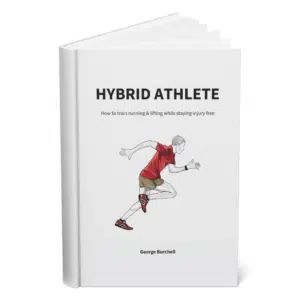
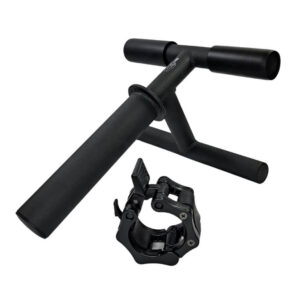

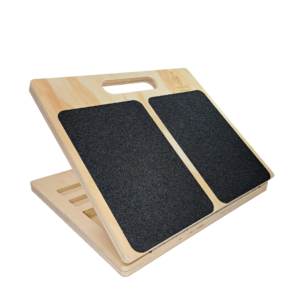
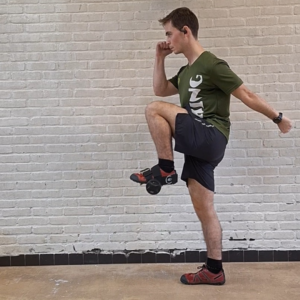


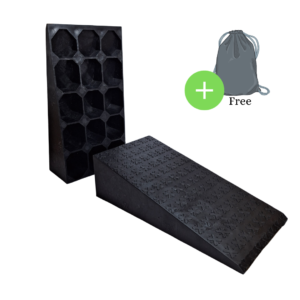


3 thoughts on “Introduction to the World of Hybrid Athletes”
Aw, this was a really nice post. Finding the
time and actual effort to make a top notch article… but what can I say…
I hesitate a lot and never manage to get nearly anything done.
works of art.
the best poets of his era and